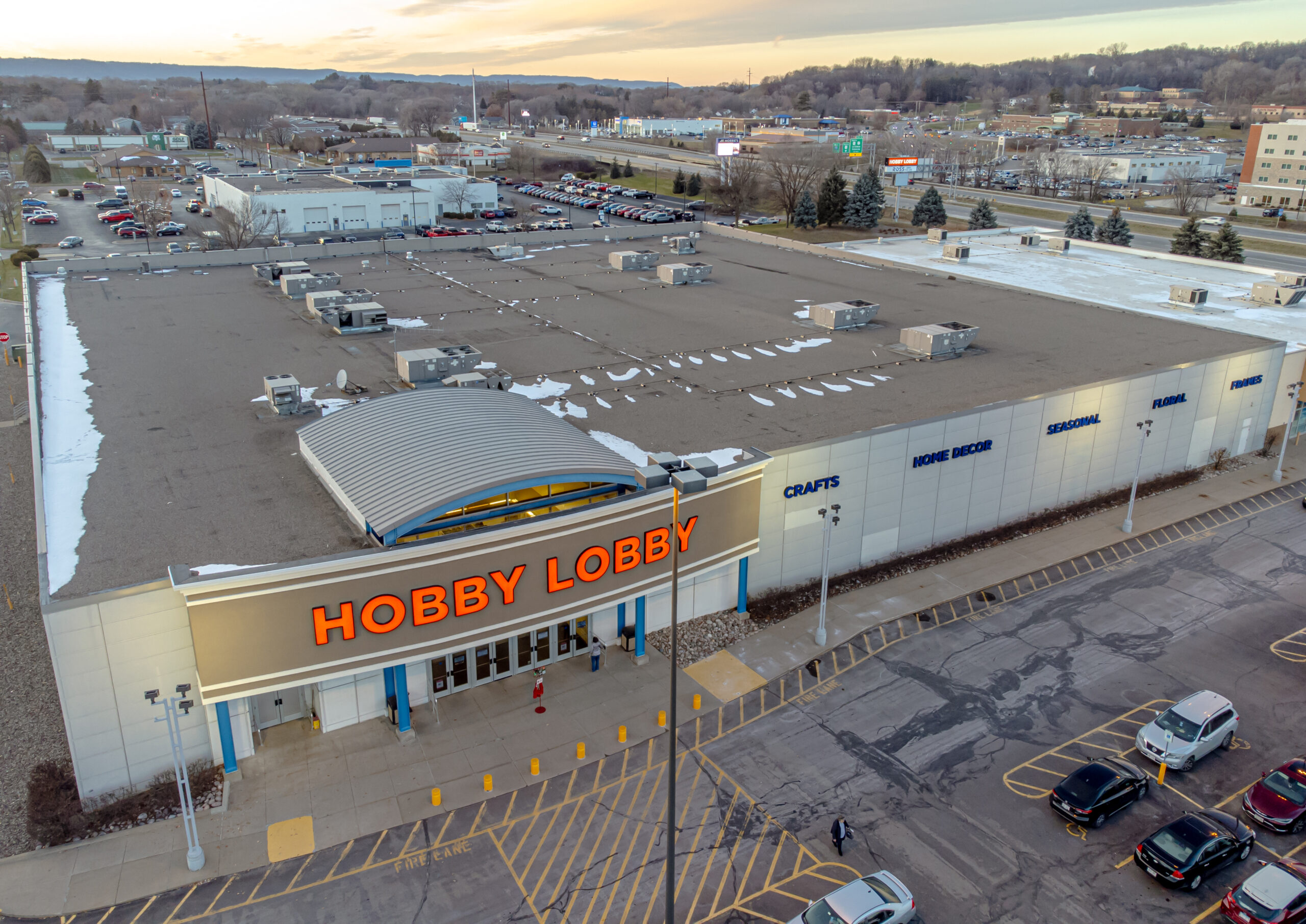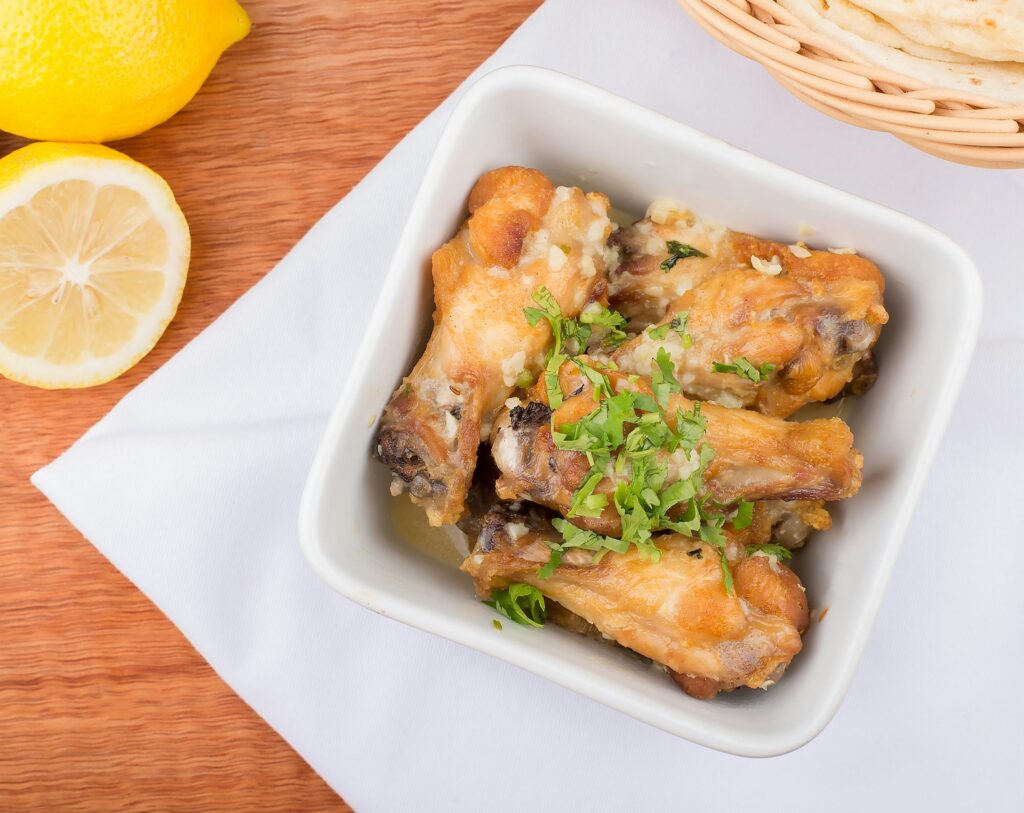Is Hobby Lobby Open on Veterans Day Hours

Boiling chicken breast is a straightforward cooking method that transforms this versatile protein into a tender, juicy, and flavorful ingredient for countless dishes. Whether you’re preparing a quick weeknight meal or planning a larger feast, mastering the art of boiling chicken breast can elevate your culinary repertoire. By following a few simple steps and incorporating some creative flavor variations, you can enjoy perfectly boiled chicken every time.
Before you begin, gathering the right tools is crucial for ensuring a smooth cooking process. Here is a list of essential tools you’ll need:
Follow these step-by-step boiling instructions to achieve tender and juicy chicken breasts:
Begin by rinsing the chicken breasts under cold water and patting them dry with paper towels. Trim any excess fat or skin if desired.
Fill your pot with enough water to cover the chicken breasts by about an inch. Add salt, pepper, and any aromatics like bay leaves, garlic, or herbs to infuse flavor into the chicken.
Place the chicken breasts in the pot and bring the water to a gentle boil over medium-high heat. Once boiling, reduce the heat to low and cover the pot. Allow the chicken to simmer until it reaches an internal temperature of 165°F (74°C), which typically takes around 15-20 minutes depending on the size of the breasts.
Remove the chicken breasts from the pot using tongs and let them rest on a cutting board for about 5 minutes. This allows the juices to redistribute, ensuring moist chicken. Slice or shred as desired for your recipe.
For those seeking a gentler cooking method, poaching is an excellent alternative to boiling. This technique involves cooking the chicken in barely simmering water, resulting in a more delicate texture. Follow the same preparation steps, but maintain the water at a low simmer throughout the cooking process.
Boiling chicken is not only simple but also economical. Here are some budgeting tips for chicken:
Even with a straightforward process, you might encounter some challenges. Here’s how to troubleshoot common boiling issues:

Elevate your boiled chicken by experimenting with flavor variations. Here are some ideas:
The cooking time for boiled chicken breasts can vary based on their size and thickness. Here’s a general cooking time chart for chicken breasts:
Boiled chicken is a versatile ingredient that can enhance many dishes. Here are some ideas for using boiled chicken in recipes:
Proper handling and cooking of chicken are critical to ensure food safety. Here are some safety notes for handling chicken:
Proper storage and reheating are essential for maintaining the quality of boiled chicken. Here’s how to store and reheat boiled chicken:
Understanding the differences between chicken breasts and tenderloins can help you choose the right cut for your dish:

Sauces can dramatically enhance the flavor profile of boiled chicken. Consider these sweet and spicy options:
Chili crunch is a flavorful topping that can add an exciting twist to boiled chicken. Sprinkle it over sliced chicken for a spicy, crunchy texture that complements the tender meat perfectly.
Mastering the art of boiling chicken breast opens up a world of culinary possibilities. By following these steps, exploring flavor variations, and using your boiled chicken creatively in recipes, you can enjoy this versatile protein in new and delicious ways. Whether you’re a novice cook or a seasoned chef, boiled chicken is a reliable and rewarding dish to add to your repertoire.